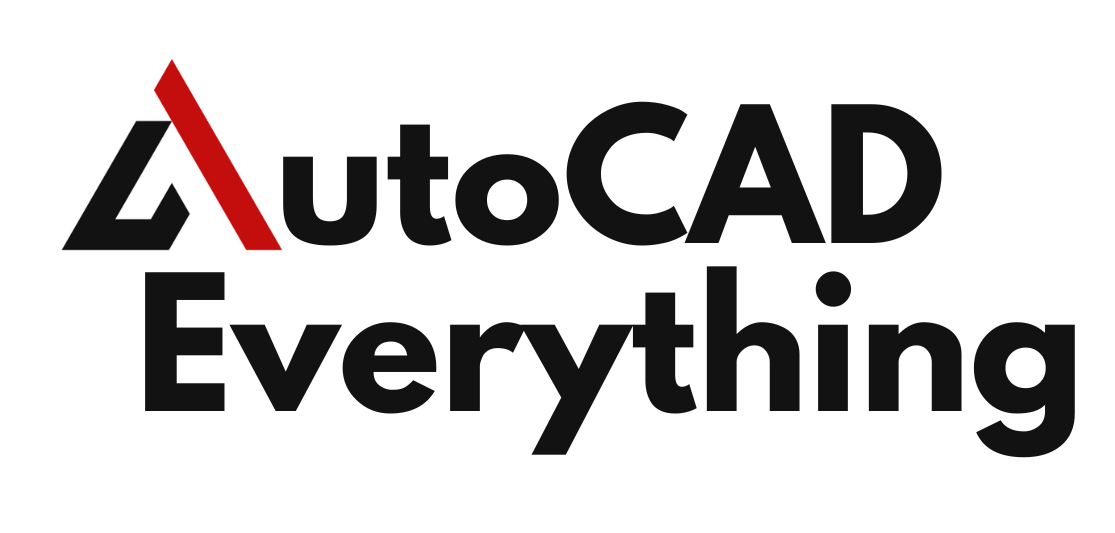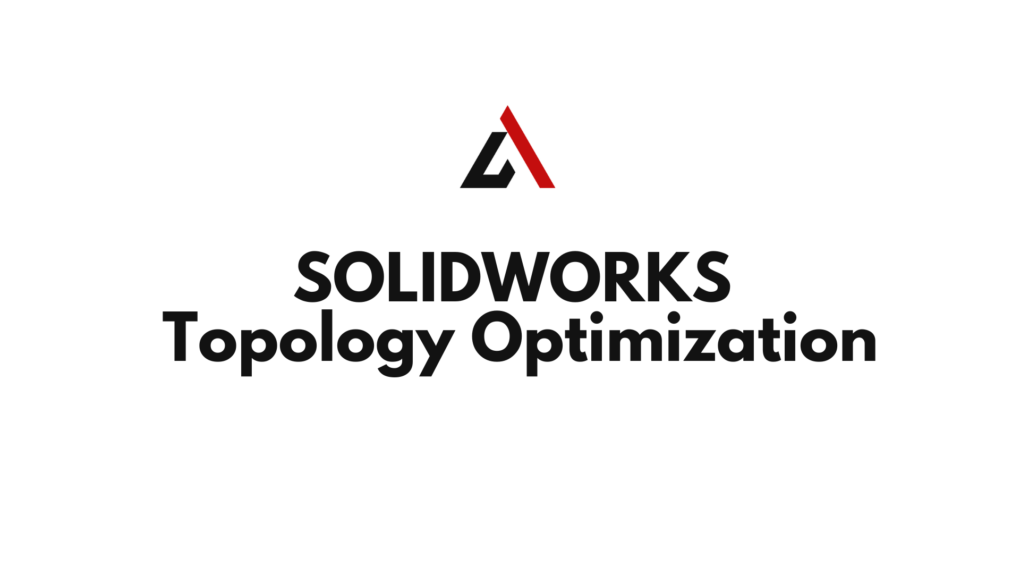In the quest for creating more efficient, lighter, and stronger products, engineers have long sought a design process that goes beyond traditional, intuition-based methods. The challenge has always been to remove every unnecessary gram of material without compromising structural integrity. This is the domain of SOLIDWORKS Topology Optimization, a powerful simulation tool that fundamentally redefines the design process, turning the question of “how to make a part” into “what is the best part for this job?”
Topology optimization isn’t just a feature; it’s a paradigm shift. Instead of a designer starting with a solid shape and whittling it down, the software starts with a defined design space—a block of virtual material—and intelligently removes material based on structural performance requirements. The result is an organically shaped part that is both incredibly efficient and remarkably strong. This comprehensive guide will take you on a journey to understand, implement, and master SOLIDWORKS Topology Optimization.
Table of Contents
What is Topology Optimization?
At its core, topology optimization is a mathematical method that optimizes material distribution within a given design space for a set of loads, boundary conditions, and constraints. Imagine a sculptor starting with a block of clay. A traditional designer might sculpt a recognizable shape, like a chair leg. A topology optimization program, however, works in reverse. It knows the chair leg must support a certain weight and be fixed at two points. The software then removes all the clay that isn’t absolutely necessary to achieve that structural goal, leaving behind an efficient, often skeletal, structure that is perfectly suited for the task.

In the context of SOLIDWORKS, this is a feature of the Simulation suite. It uses finite element analysis (FEA) to perform thousands of iterations, each time calculating where material is most needed to bear the applied loads. It then gradually “removes” material from low-stress areas until a predefined goal, such as a mass reduction target, is met. The result is a part with an optimal stiffness-to-weight ratio.
This methodology is a game-changer for several reasons:
- Weight Reduction: It can achieve mass savings that are often impossible with traditional design methods, which is critical in aerospace and automotive industries.
- Material Efficiency: By using only the required material, it reduces waste and lowers manufacturing costs.
- Performance Enhancement: The resulting parts are inherently strong where they need to be, leading to improved durability and reliability.
- Innovation: It encourages creative, non-traditional design forms that can be realized through modern manufacturing techniques like additive manufacturing (3D printing).
The SOLIDWORKS Topology Optimization Workflow
Performing a topology optimization study in SOLIDWORKS follows a logical, step-by-step process that will feel familiar to anyone who has used the Simulation tools.
1. The Starting Point: A Topology Study
You begin by creating a new Simulation study. Instead of selecting “Static” or “Frequency,” you choose a Topology Study. This tells SOLIDWORKS that your goal is to find the best material layout, not just to analyze an existing one.
2. Defining the Design Space and Preserved Regions
The first crucial step is to define the “sandbox” for the optimization.
- Design Space: This is the geometry that the software is allowed to change. It’s the virtual block of material from which the optimized shape will be carved. You typically select the entire part.
- Preserved Region: This is the most important part of the setup. These are the faces, holes, and other geometric features that must not be changed by the optimization. They represent the functional areas of your part, such as mounting holes, contact surfaces for other components, or areas where forces are applied. The software will build the new geometry around these preserved regions.
3. Setting Goals and Constraints
This is where you tell the software what you want to achieve.
- Goals:
- Best Stiffness to Weight Ratio: This is the most common goal. It tells the software to create the stiffest possible part for a given weight. It’s ideal for brackets, levers, and other structural components.
- Minimize Mass: This goal tries to remove as much material as possible while ensuring the part’s stress levels remain below a certain safety factor. It’s useful when weight is the absolute top priority.
- Minimize Maximum Displacement: This is used when controlling deflection is paramount, such as in precision instruments.
- Constraints:
- Mass Reduction: This is often the primary constraint. You specify a percentage of the original design space mass that you want to remove. For example, you can tell the software to achieve a 50% mass reduction.
- Stress: You can set a stress constraint to ensure that the final design doesn’t have any areas exceeding the material’s yield strength.
- Displacement: This allows you to set a maximum allowable displacement in a specific direction.
- Frequency: For dynamic applications, you can constrain the fundamental natural frequency of the part to a minimum value.
4. Applying Loads and Fixtures
Just like a traditional static study, you must apply the real-world conditions to your part.
- Fixtures: These are the supports that hold the part in place. You define which faces are fixed, have roller/slider conditions, or are otherwise constrained.
- Loads: These are the forces, pressures, or torques that the part will experience in its service life. The accuracy of your topology optimization results is directly dependent on the accuracy of your loads and fixtures.
5. Defining Manufacturing Controls
This is a powerful and unique aspect of the SOLIDWORKS implementation. While topology optimization can create highly complex, organic shapes, many of these shapes can be difficult or impossible to manufacture with traditional methods. These controls allow you to guide the optimization process to produce a result that is manufacturable.
- Symmetry Control: You can force the optimized result to be symmetrical along a plane, a necessity for many components.
- Thickening Control: This prevents the software from creating features that are too thin to be manufactured or structurally sound. You can define a minimum thickness for the part.
- Stamping and Die Casting Controls: These tools are crucial for processes that involve a specific direction of material removal. They prevent the creation of undercuts that would be impossible to cast or stamp.
- Overhang Controls: This is a key feature for additive manufacturing. It allows you to specify a maximum overhang angle to minimize the need for support material during 3D printing, saving time and money.
Running the Study and Interpreting Results
Once all the parameters are set, you run the study. The software will begin its iterative process, displaying a live preview of the material removal. When the study is complete, it will provide you with a stunning visual representation of the optimized shape.
The results are presented in a density plot, where different colors or shades represent the material density. The areas with the highest density (often red or dark) are the most critical for structural integrity, while the areas with the lowest density (blue or light) are the ones that were removed.
The output from a topology optimization study is not a final part file. It’s a graphical representation, a guide for the designer. Your job is to take this suggested geometry and use it as a template to create a new, final design. This is often done by:
- Creating a New Part: You can use a feature in SOLIDWORKS to export the mesh from the optimization study as a body.
- Remodeling: The optimized mesh is then used as a reference. You can use surfacing tools, loft features, and traditional solid modeling commands to “rebuild” the part, making it manufacturable and aesthetically pleasing while respecting the optimized shape.
- Final Validation: The optimized part must then be validated. You should run a final static or fatigue study on your new, simplified geometry to ensure it meets all the original stress and displacement requirements.
Best Practices and Advanced Considerations
To get the most out of SOLIDWORKS Topology Optimization, it’s important to go beyond the basic workflow.
- Meshing: Like any FEA study, the quality of your mesh is critical. A finer mesh will provide more accurate results but will significantly increase the run time. Start with a coarse mesh for an initial run, then refine it for a more detailed result.
- Load Cases: Most parts experience more than one load. You can set up multiple load cases in your topology study to ensure the final design is strong enough to handle all real-world conditions.
- Iterative Design: Topology optimization is often an iterative process. You might run a study, interpret the results, and then create a new design space with slightly different preserved regions or constraints and run the study again to see if you can get a better result.
- Hybrid Designs: Don’t be afraid to combine traditional design with topology optimization. You might use the tool to optimize a specific, complex bracket, and then combine that with other, standard components. This gives you the best of both worlds—the efficiency of optimization with the familiarity and control of traditional modeling.
Real-World Applications
Topology optimization is no longer just an academic exercise; it’s a mainstream design tool used across numerous industries.
- Aerospace: To reduce the weight of airframes, brackets, and interior components, which directly translates to fuel efficiency and payload capacity.
- Automotive: For designing lightweight chassis components, engine brackets, and suspension parts, contributing to better performance and fuel economy.
- Medical Devices: To create patient-specific implants that are both lightweight and perfectly matched to a patient’s bone structure, improving comfort and recovery.
- Consumer Goods: For designing products with a sleek, modern, and high-performance aesthetic while using less material.
The use of topology optimization has been particularly transformative in the world of additive manufacturing, where the complex, organic shapes that the software generates are easily producible, without the constraints of traditional subtractive manufacturing methods.
Conclusion
SOLIDWORKS Topology Optimization is a powerful and accessible tool for creating innovative, high-performance designs. It’s a testament to the idea that the most beautiful and efficient structures are often those found in nature. By working with the software to intelligently remove material, you can create parts that are lighter, stronger, and more material-efficient than ever before.
While it’s not a magic button that creates a final part, it is a brilliant and creative partner in the design process. It challenges you to rethink what a “good” design looks like and pushes the boundaries of what is possible, setting you on a path to a new era of lightweight, intelligent, and sustainable product design.

